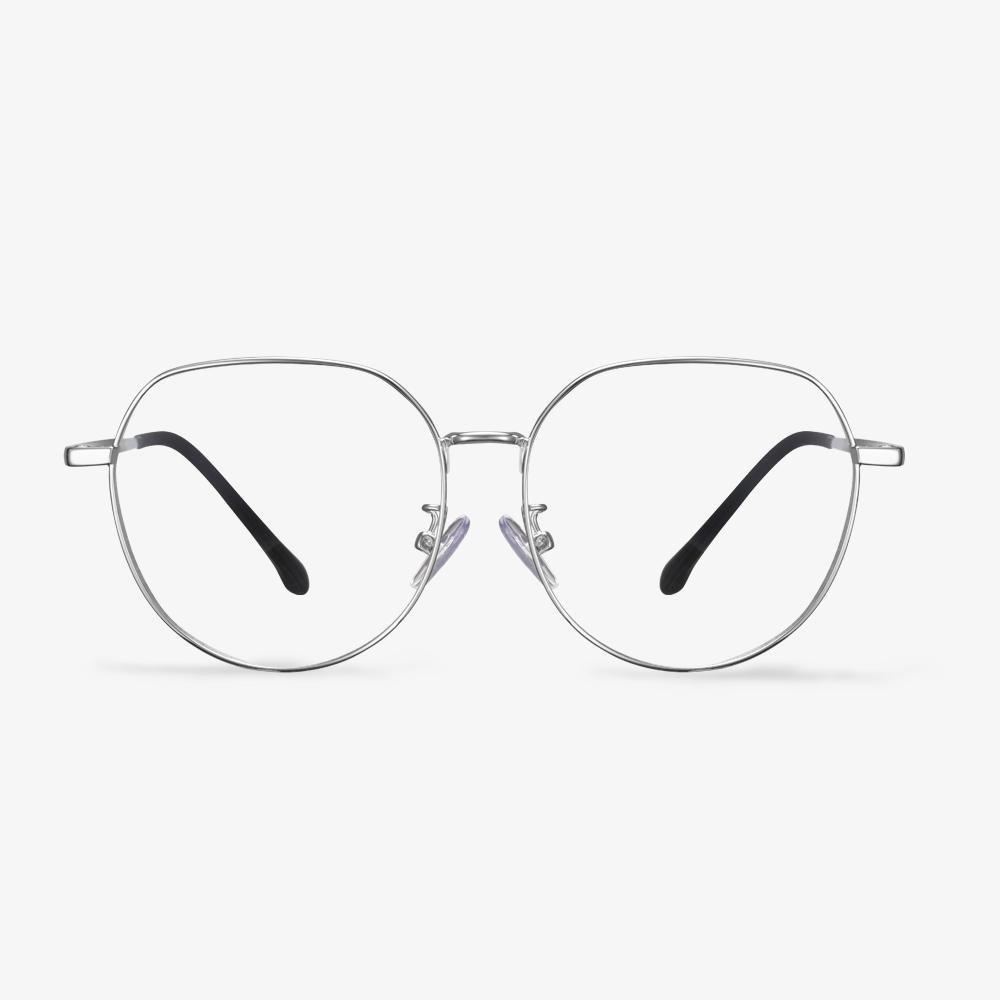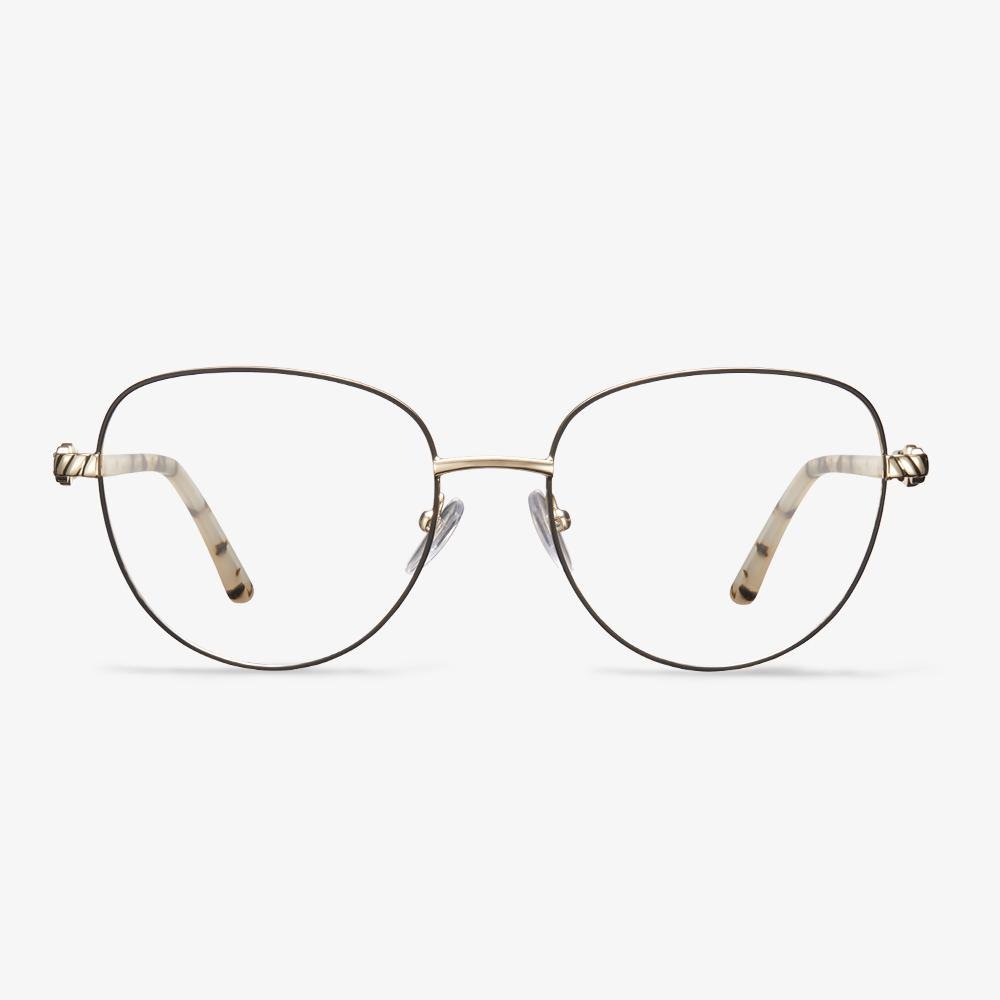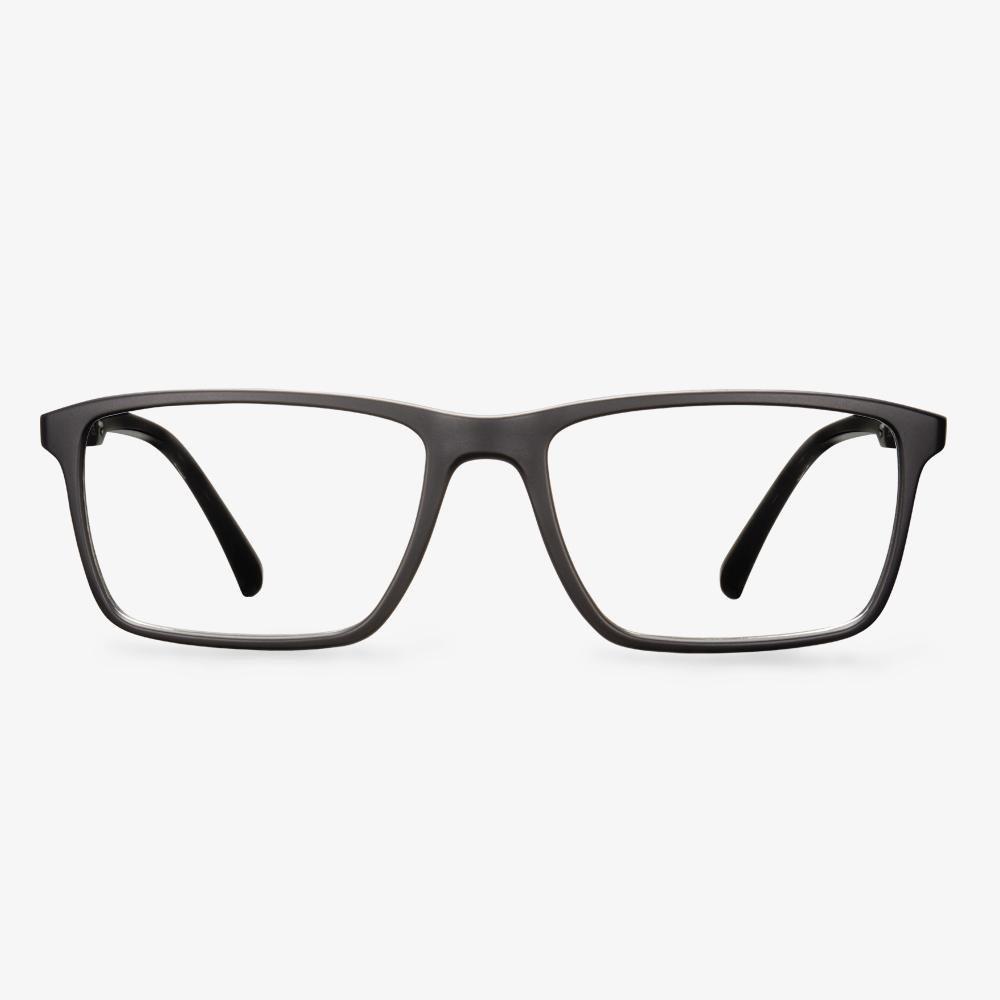In today's digital age, our lives are increasingly intertwined with screens. Whether for work, entertainment, or communication, we spend a significant portion of our day staring at computers, tablets, and smartphones. However, this prolonged screen time exposes our eyes to a barrage of blue light, which can lead to various issues like digital eye strain and disrupted sleep patterns. To combat these problems, anti-blue light glasses have emerged as a popular solution. This article delves into the world of anti-blue light glasses, explaining their benefits and offering guidance on how to choose the right pair.
Understanding Blue Light
Blue light is a high-energy, short-wavelength light that is emitted by digital screens, LED lights, and the sun. While it is essential for our overall well-being by regulating our circadian rhythms and boosting alertness during the day, excessive exposure to blue light, especially from screens in the evening, can be harmful.
Benefits of Anti-Blue Light Glasses
Anti-blue light glasses are designed to filter out a significant portion of harmful blue light, providing several benefits:
Reduced Eye Strain: These glasses can help alleviate digital eye strain, characterized by symptoms like dry eyes, headaches, and blurred vision, which often result from prolonged screen use.
Improved Sleep: Wearing anti-blue light glasses in the evening can minimize the disruption of circadian rhythms, making it easier to fall asleep after screen time.
Protecting Eye Health: Prolonged exposure to blue light may contribute to long-term eye health issues, such as macular degeneration. Anti-blue light glasses help mitigate this risk.
How to Choose the Right Anti-Blue Light Glasses
Selecting the right pair of anti-blue light glasses involves considering several factors:
Blue Light Filtering: Ensure the glasses effectively filter out a substantial portion of blue light, ideally 90% or more. Look for a clear indication of the level of blue light protection provided.
Lens Material: Opt for high-quality lenses, such as polycarbonate or Trivex, which are impact-resistant and provide excellent clarity. Additionally, consider anti-scratch and anti-reflective coatings to enhance durability and reduce glare.
Prescription or Non-Prescription: If you already wear prescription glasses, consult with an optometrist to discuss options for incorporating anti-blue light protection into your existing prescription. Alternatively, you can choose non-prescription, over-the-counter anti-blue light glasses.
Fit and Comfort: Ensure that the glasses fit comfortably on your face and do not pinch or slip. Lightweight frames and adjustable nose pads can enhance comfort, especially during extended use.
Style: Anti-blue light glasses come in various styles, from classic to trendy. Select a style that complements your personal taste and aligns with your daily activities.
Brand Reputation: Research brands and read customer reviews to ensure the glasses are of good quality and effectively filter blue light.
Warranty and Return Policy: Check the warranty and return policy of the glasses to ensure you have a safety net in case you're not satisfied with your purchase.
Usage Patterns: Consider when and how often you'll be wearing these glasses. If you primarily use screens during the evening, focus on glasses with strong blue light protection for nighttime use.
Anti-blue light glasses have become essential tools in our modern, screen-centric lives. They offer tangible benefits like reduced eye strain and improved sleep quality while protecting our eyes from potential long-term damage. When choosing anti-blue light glasses, prioritize factors like blue light filtering, lens material, comfort, and style to find the perfect pair that suits your lifestyle and safeguards your eye health. Ultimately, investing in a high-quality pair of anti-blue light glasses is an investment in your well-being in the digital age.






































